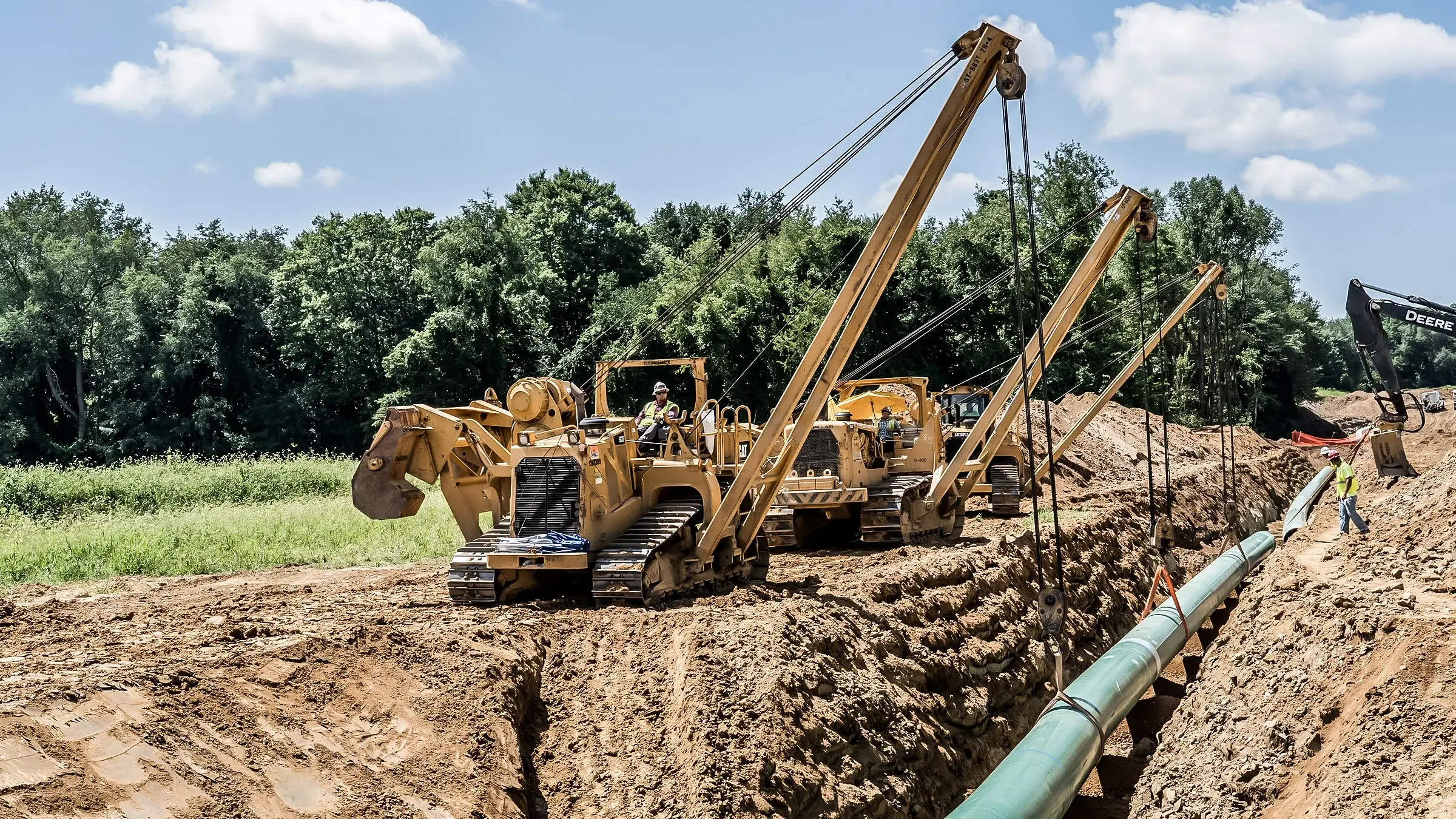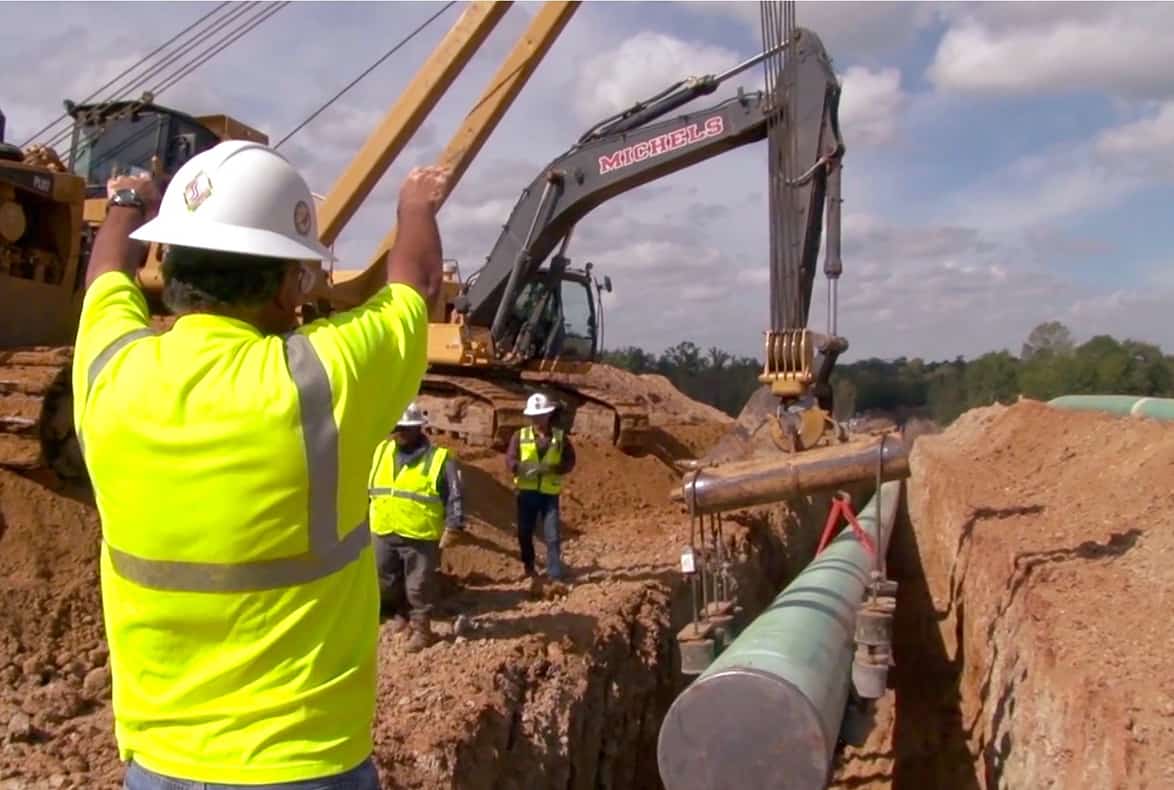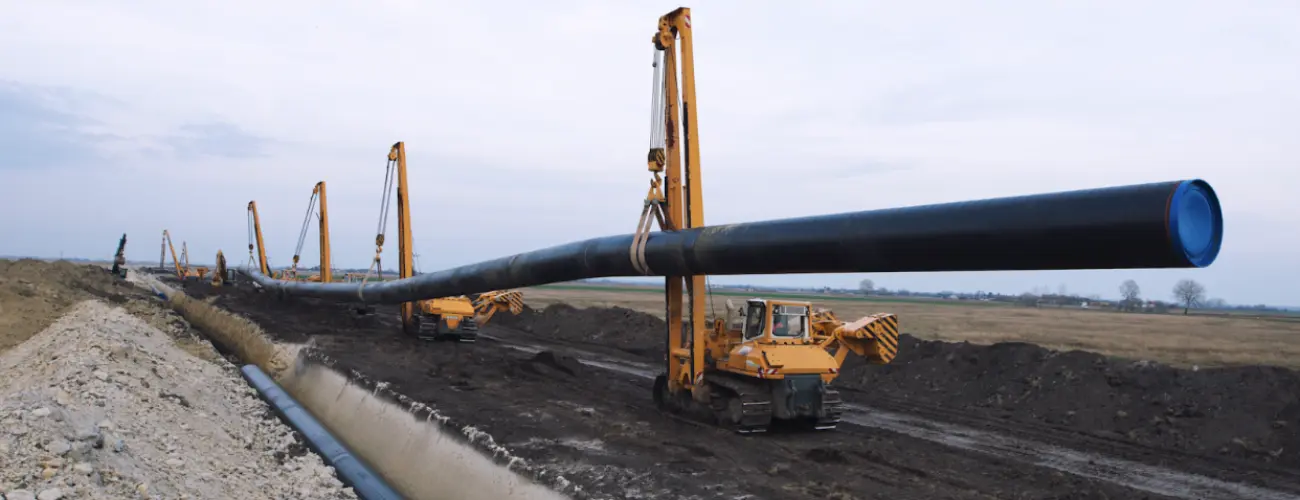The Environmental Impact With Creek Pipe HDPE installation Techniques
Wiki Article
Comprehending the Basics of Pipes Installation: What You Need to Understand About the Refine
Correct pipe installation is vital for any kind of plumbing system. It requires cautious consideration of various variables, including material selection and adherence to neighborhood regulations. A well-planned design can avoid issues like stress loss, while the right devices ensure effective signing up with strategies. Also experienced installers can make usual blunders. Recognizing these basics can result in an extra reliable and long lasting system, triggering a more detailed take a look at the crucial elements associated with the procedure.Choosing the Right Materials for Pipe Installation
When considering pipe installation, the option of ideal products is important to ensuring resilience and capability. Different products are available, each offering one-of-a-kind advantages and factors to consider. PVC pipelines are lightweight, resistant to corrosion, and cost-effective, making them perfect for property pipes. On the other hand, copper pipes, recognized for their durability and capability to endure high temperatures, are typically liked for heating systems.Additionally, galvanized steel pipelines give toughness and longevity, appropriate for durable applications, although they are susceptible to corrosion over time.For below ground setups, polyethylene pipelines are favored as a result of their flexibility and resistance to tension splitting. Proper material choice depends on the details needs of the job, consisting of pressure ratings, temperature variations, and the chemical nature of the liquids being transported - Creek Pipe HDPE installation. Ultimately, notified selections relating to pipe products add considerably to the general success and durability of pipes systemsUnderstanding Local Building Regulations and Regulations
How can understanding local building regulations and guidelines influence pipe installation? Knowledge with these codes is vital for guaranteeing that pipe installations are secure, certified, and effective. Neighborhood building regulations lay out details requirements pertaining to materials, installation methods, and safety and security procedures, which must be stuck to in order to prevent possible legal issues and expensive fines.Failure to comply can lead to examinations being stopped working, delays in job conclusion, or even mandated removal of incorrectly mounted pipelines. Additionally, recognizing zoning legislations and regulations can affect the type of materials permitted, in addition to the methods made use of for installation.Contractors and property owners alike need to invest time in evaluating neighborhood laws before commencing any kind of installation project. This positive strategy not just promotes safety however likewise enhances the total quality and toughness of the pipes system, eventually promoting long-term functionality and fulfillment.Preparation Your Pipe Layout and Design
Proper preparation of pipe design and design is crucial for attaining a reliable plumbing system. This procedure starts with evaluating the specific demands of the space, considering the place of fixtures and devices. Precise dimensions ensure that pipelines are effectively routed, minimizing bends and transforms that can lead to push loss.Consideration of the circulation rates and the kinds of materials made use of is important, as different products have varying longevity and compatibility with plumbing systems. In addition, the designer needs to account for future developments or modifications to the format, permitting versatility in case of renovations.Efficient drain and ventilation are likewise substantial elements of the layout, as they prevent blockages and assure appropriate waste elimination. Collaboration with regional structure codes ensures compliance and safety and security, which is paramount in any type of pipes installation project.Vital Devices and Equipment for Installation
Successful pipe installation rests on having the right tools and devices handy. Important tools consist of pipe cutters for clean cuts, wrenches for tightening installations, and pliers for clutching and transforming pipelines. Additionally, a level assurances pipelines are mounted equally, while a measuring tape aids in achieving exact lengths.For details materials, a welding torch might be necessary for copper pipes, while a PVC cutter is necessary for plastic alternatives. Safety equipment, such as gloves and goggles, protects installers from potential risks during the process.A pipeline bender can be specifically valuable for producing smooth curves without jeopardizing honesty, while a torque wrench assurances that links are secured to the manufacturer's specifications.Having these tools readily offered not just facilitates a smoother installation procedure however additionally adds to the overall toughness and capability of the pipes system. Proper devices is important in accomplishing resilient results.Techniques for Correct Pipe Signing Up With and Sealing
Achieving a safe and secure and leak-free link between pipelines calls for cautious attention to signing up with and sealing techniques. Various methods exist, each matched to different pipe materials and applications (Creek Pipe near me). For instance, welding is often used for metal pipes, making certain robust links with heat combination. On the other hand, plastic pipes take advantage of solvent concrete or combination welding, creating solid, irreversible bonds.Threaded connections are typical in both metal and plastic piping, calling for exact alignment and making use of appropriate sealants, such as Teflon tape or pipe dope, to protect against leaks. Compression installations supply one more choice, where mechanical pressure safeguards the pipelines together, making them easily took apart for maintenance.Regardless of the approach chosen, appropriate preparation is important. This includes cleaning pipe ends and ensuring they are without particles. Applying these strategies vigilantly will enhance the longevity and dependability of the pipe system, ultimately contributing to its reliable efficiencyUsual Mistakes to Prevent Throughout Installation
During pipe installation, avoiding usual blunders is vital for ensuring a trusted and efficient system. One regular error is falling short to determine and cut pipes precisely, which can cause incorrect fittings and leakages. Furthermore, overlooking to examine the compatibility of products can cause rust or various other damage with time. Incorrectly securing joints and links can likewise create weak factors in the system, triggering potential failures.Another common blunder is neglecting the significance of incline and drain; pipelines must be set up at the right angle to assist in appropriate circulation. Inadequate support for pipelines can result in sagging and tension, influencing the honesty of the system. Ultimately, overlooking neighborhood codes and regulations can lead to costly rework and safety and security dangers. By understanding these mistakes, installers can significantly improve the resilience and efficiency of pipe systems.Upkeep Tips for Lasting Pipe Equipments
To assure the longevity of pipe systems, routine evaluations and cleansing are important practices. These procedures help determine potential issues before they intensify into major problems. Additionally, utilizing correct insulation techniques can even more secure pipes from temperature level changes and environmental elements.Routine Inspections and Cleansing
Regular examinations and cleaning are necessary for keeping the long life and performance of pipe systems. Regularly checking out pipelines for indicators of rust, leaks, or clogs can aid identify potential problems prior to they rise into costly repair services. Cleaning pipes occasionally eliminates accumulation that can limit circulation and promote wear and tear. It is advisable to arrange assessments at the very least annually, however extra constant checks may be needed in high-usage settings. Making use of specialist solutions for extensive cleansing warranties that all particles is successfully removed. Additionally, keeping documents of evaluations and upkeep tasks help in tracking the system's health and wellness with time Creek Pipe Midland - Creek Pipe Company. By focusing on these practices, residential property owners can enhance the integrity and life expectancy of their pipe systemsProper Insulation Techniques
Efficient insulation strategies play an essential function in keeping the effectiveness and durability of pipe systems. Appropriate insulation minimizes warmth loss in hot water pipes and protects against freezing in cold water pipelines, substantially decreasing energy expenses and potential damage. Typical materials utilized for insulation consist of fiberglass, foam, and rubber, each offering varying levels of thermal resistance. It is important to ensure that insulation is used evenly, covering all exposed locations without spaces. In addition, protecting insulation with ideal bolts aids maintain its position and efficiency in time. Normal evaluations must be carried out to identify wear and tear, assuring timely substitutes. By applying these techniques, pipe systems can operate successfully and have an extended life span, inevitably profiting both the atmosphere and the homeowner.
Regularly Asked Concerns
Exactly how Do I Establish the Appropriate Pipe Dimension for My Project?
Figuring out the suitable pipe size involves assessing the job's circulation demands, stress requirements, and the sort of liquid being transported. Consulting design requirements and performing computations warranties excellent efficiency and effectiveness in the installation procedure.What Are the Ecological Influences of Various Pipe Products?

Can I Mount Pipes Myself or Should I Employ an Expert?
The question of whether to set up pipelines independently or work with a professional typically relies on the person's ability degree and job intricacy. An expert may ensure compliance with policies and decrease prospective long-term problems.
Exactly How Long Can I Expect My Pipe Installation to Last?
The longevity of pipe installation varies considerably, generally lasting 20 to 100 years, depending on materials, installation high quality, and upkeep. Routine examinations and correct care can boost durability and protect against premature failings.
What Are the Signs of a Failing Pipe System?
Indicators of a falling short pipe system include frequent leakages, unusual water pressure changes, tarnished water, mold and mildew development, and consistent dampness. House owners ought to keep an eye on these indicators to prevent costly damage and warranty prompt repairs are made.Report this wiki page